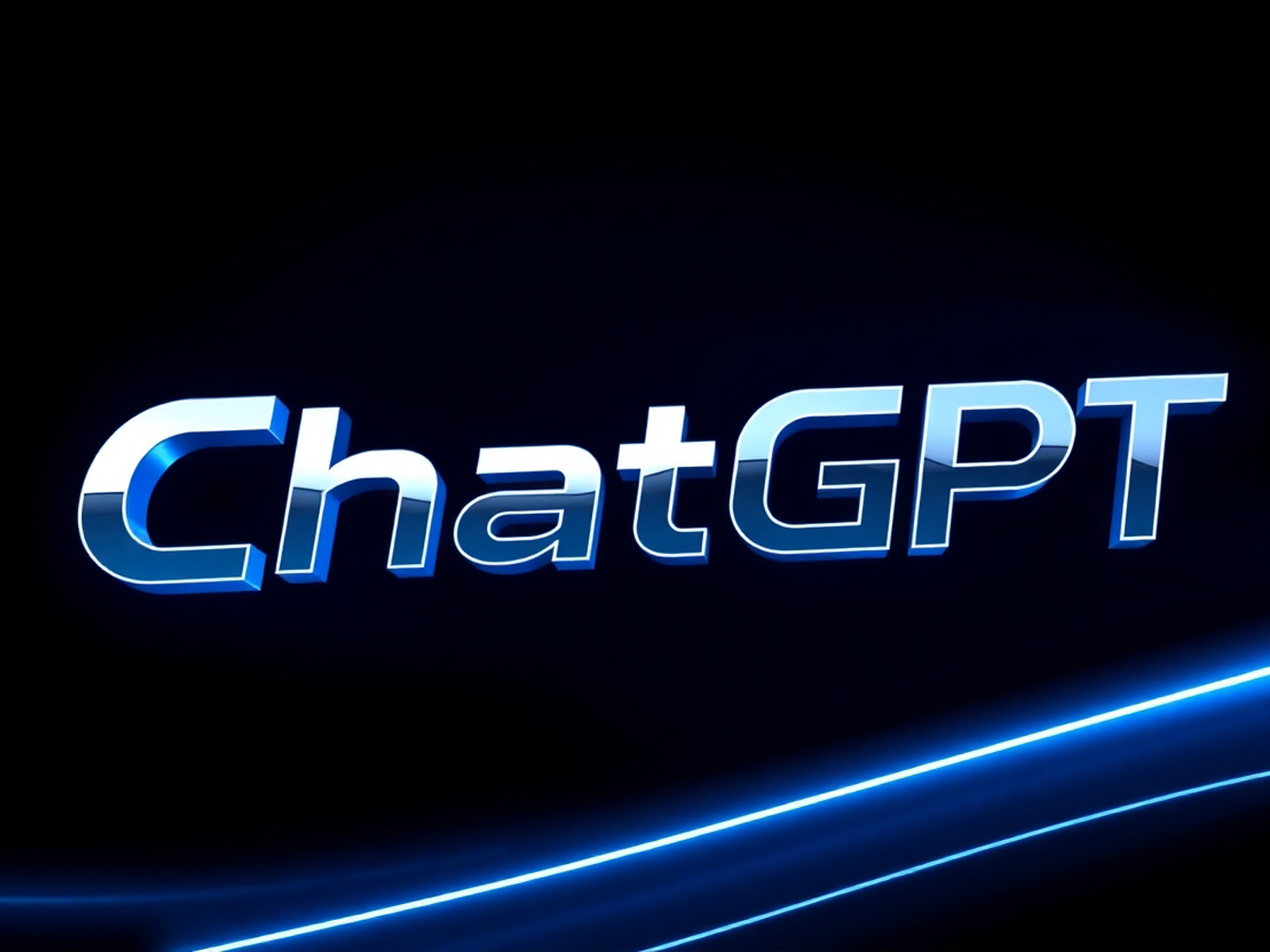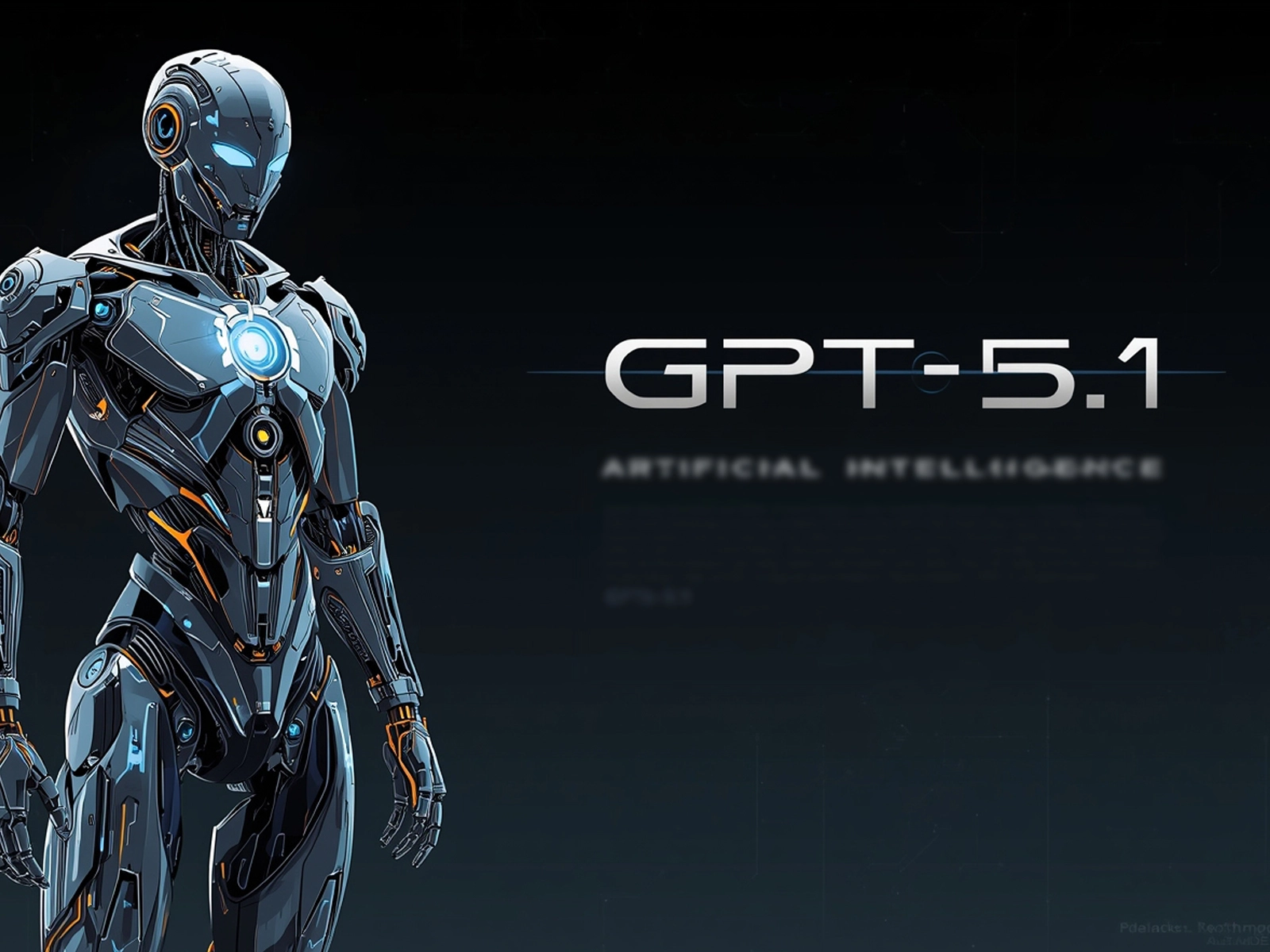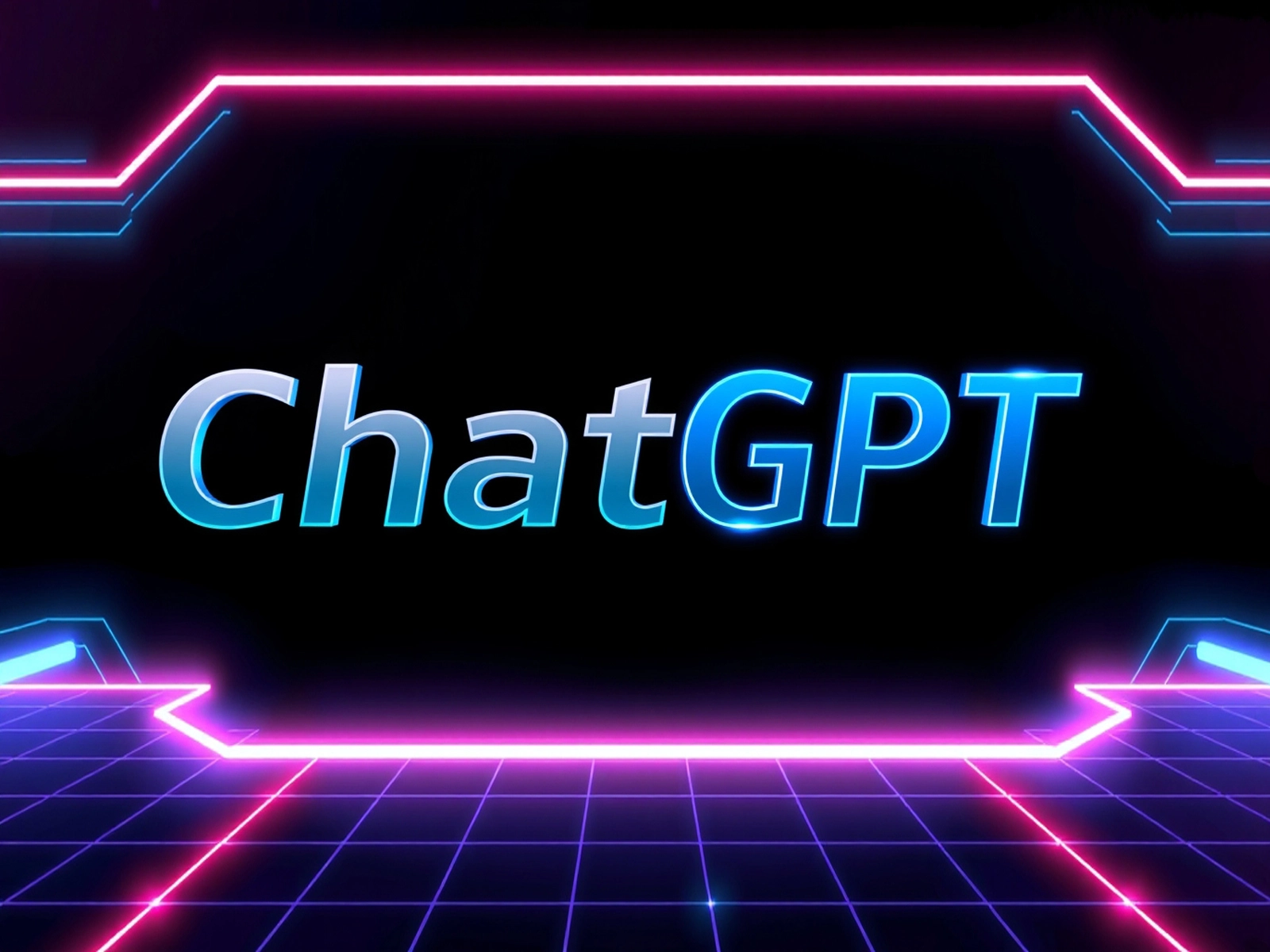When a user enters a query with shopping intent (e.g., “funny dog costumes”), ChatGPT analyzes it across several parameters.
User Intent and Context
The model doesn’t rely solely on the text of the current query. It may also consider:
- The content of the current query;
- Previously saved preferences or dislikes, if stored in memory;
- Individual user instructions set earlier (e.g., “show only budget options”).
Structured Data from External Sources
ChatGPT uses product metadata such as:
- Price;
- Product description;
- Customer reviews.
Model-Generated Reasoning
Before displaying results, the model forms its own interpretation of what is most relevant — price, quality, ease of use, etc. This enables a personalized selection.
Relevance Filtering
If a query mentions a budget, the system prioritizes price-related options. If price is not specified, other characteristics may take precedence — such as popularity, design, or functionality.
OpenAI Safety Guidelines
Products that fail to meet OpenAI’s internal safety standards or are deemed inappropriate are automatically excluded from results.
Important: Product selection is made independently — it is not advertising. However, users can influence the outcome by refining their query or adjusting criteria.
How Results Are Displayed
The ChatGPT interface presents results as visual carousels with product cards. Each card includes:
- An image;
- A simplified title and description (AI-generated);
- Price (typically from the first listed merchant);
- A link to the product page.
Additional Labels and Tags
Based on available data, the model may assign categories such as:
- “Budget-friendly”;
- “Most popular.”
These tags are generated automatically, not manually verified, and may not reflect the full scope of information about a product.
Ratings and Reviews
Some products include a brief review summary, highlighting commonly mentioned pros and cons. Star ratings and the number of reviews may also be displayed, sourced from third-party platforms. However, these are not verified by OpenAI and may not match information on the retailer’s site.
Pricing Display
The price shown typically reflects the first merchant’s offer. This may not be the lowest or most current price. Clicking through allows users to view other pricing options.
How Merchants Are Selected
Merchant data is sourced from external partners. OpenAI does not accept direct product feeds. The order in which sellers appear is also determined by these external sources.
ChatGPT does not reorder sellers based on:
- Price;
- Shipping terms;
- Return policies.
What This Means for Marketers
The product search feature in ChatGPT opens up a new channel for engaging potential customers. Given the rapid growth in the platform’s user base, it’s time to prepare for changes in shopping behavior:
- Product descriptions, visuals, and reviews take on new significance — they become part of the algorithm’s selection process;
- Working with aggregators and data partners who supply information to OpenAI will affect your product visibility;
- Competition for relevance and alignment with user intent becomes a key priority.
ChatGPT is no longer just a tool for answering questions — it is becoming a mediator between brands and consumers. Users are no longer simply searching on Google or marketplaces to find products — they interact with an AI that analyzes intent, context, and preferences, and instantly offers a tailored selection. This fundamentally shifts the e-commerce landscape.
Now is the time to consider how your brand or product will appear in this type of search experience. What parameters will the AI see? How strong is your product description? Do you have quality reviews that can serve as metadata to build trust? Are you competing only on price, or do you offer other advantages that the model can highlight?
Conclusion
The new product search features in ChatGPT vividly illustrate the evolution of AI — from an information tool to an active participant in decision-making. We’re witnessing the birth of a new kind of shopping experience, where users interact not with a search engine, but with a personalized assistant that interprets intent, considers context, and delivers tailored product recommendations.
For marketers, this is a call to rethink their approaches. In this new ecosystem, having a good website or running ads on social media is no longer enough. Brands must integrate into the logic of AI platforms — by optimizing product data, refining descriptions, ensuring review quality, and crafting offers that are relevant not just to people, but to algorithms.
This shift is similar to the rise of mobile traffic years ago: initially ignored by marketers, then cautiously adapted to, and eventually becoming a core pillar of digital strategy. The same is now happening with AI. Those who start exploring and integrating these tools today will gain a strategic advantage.
ChatGPT is quickly becoming a full-fledged channel for demand discovery, loyalty building, and recommendations. Adapting to it is no longer a matter of innovation — it’s a matter of survival in a competitive market. Those who learn to work with the new algorithms first will reap the greatest rewards.
This article available in Ukrainian.






